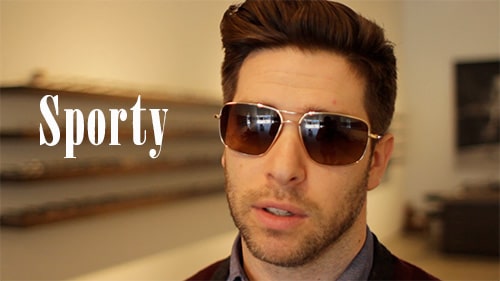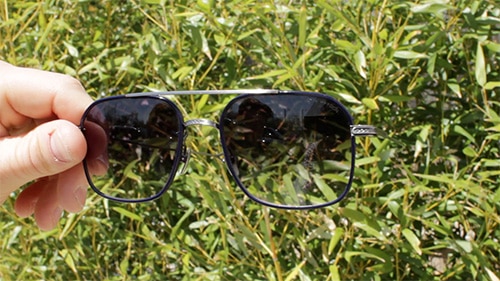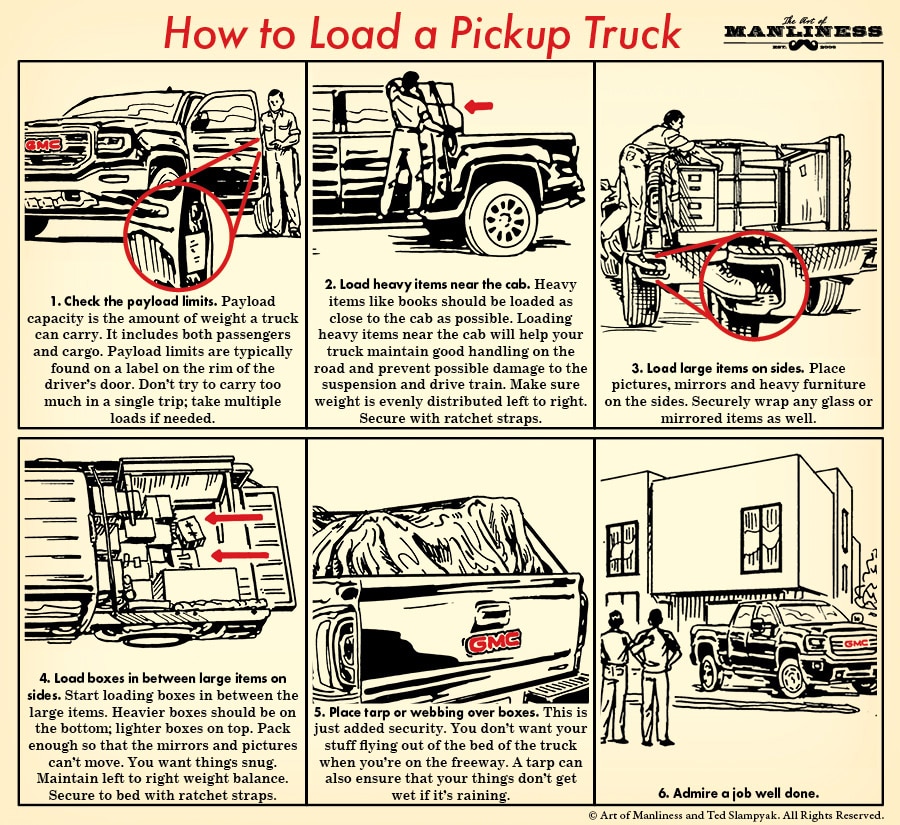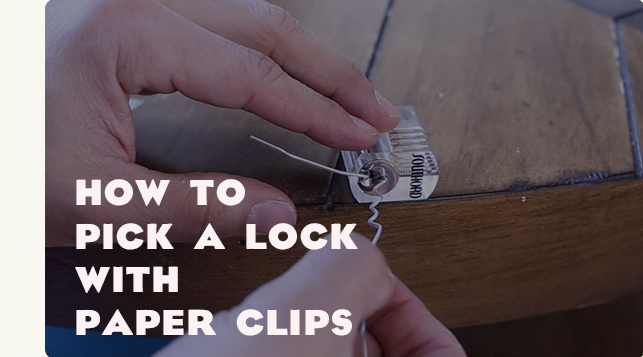
Nothing says classic, masculine style like aviator shades.
There’s a reason why we intuitively associate rugged, high-octane manliness with this iconic sunglass style, which was originally designed by Ray-Ban for U.S. fighter pilots in 1937. The large, teardrop-shaped lens allowed pilots to look down at their control panels while still maintaining coverage from the sunlight. And the prominent rubberized brow bar that spans the width of the glasses at the top actually served a practical purpose in sweltering cockpits — it kept the sweat out of pilots’ eyes while they were shooting down enemy planes.
While the aviator shade is still a staple among today’s active duty airmen, it’s also become an essential among civilians who want to incorporate a bit of that Right Stuff bravado into their personal style. The trouble is that the aviator style has evolved since its WWII inception and now men are faced with choosing from a wide variety of options. To help us navigate the growing world of aviator shades, I talked to Gary Black, owner of Black Optical in Tulsa, OK. Gary gave me the rundown on the things you should look for when picking an aviator shade for everyday use. We’ll discuss the different styles and materials today’s aviators are made from as well as which lenses will give you the best overhead sun protection and color saturation so that you can see better and look great whether you’re flying the wild blue yonder or just out about town.
Watch the Video
Aviator Styles

Classic Teardrop. It’s the classic aviator look. If you’re buying an aviator because you want to tap into its rich, high-octane heritage, then go with it. On a functional basis, the teardrop shape provides the most coverage from sunlight. While Gary doesn’t buy into the “certain eyeglass frames for certain face shapes” rule, he does mention that if you have a longer face, a teardrop-shape aviator will have the unfortunate effect of making your face look even longer and droopier.

Navigator. It’s more squared off than the teardrop shape and will set you apart from the rest of the aviator-wearing crowd. American Optical is famous for their navigator-shaped aviator lenses. This is an ideal shape for men with longer faces.

Sporty. If you have an active lifestyle and you want to sport some aviator shades while biking or running, check out the more sporty-shaped lenses some companies are putting out. Sporty aviators have a squared-off bottom, but the lenses themselves are wider, which allows them to wrap around your face to help keep more sun out. Because they’re squared off at the bottom, sporty aviators aren’t going to be as front-heavy as traditional teardrop aviators.
Aviator Materials

Metal. The classic aviator is made with a metal frame with a brass or silver finish. (Interesting fact: the original aviator frames from WWII were made from real 12k gold). Metal-framed aviators are heavy, but they’re built to take a beating and just look dang cool.

Plastic. If you’re more fashion-forward, but still want to capture some of that classic aviator look, check out the growing line-up of plastic aviators. They have the silhouette of an aviator, but look completely different. The frames are thicker than traditional metal-framed aviators, providing you with a bolder, sportier style.

Mixed Material. These are aviators that mix plastic with metal. The metal gives you that classic aviator feel and the plastic gives you the sporty look. Gary says that this style of aviator has been trending in both his stores lately.
Lens Color
The color of an aviator lens isn’t just about aesthetics; each tint color provides different degrees of light blocking and color enhancement.

Brown lens. Tends to brighten and create saturation with color so you can see details better. Because brown lenses brighten your view, it allows you to wear the sunglasses early in the morning and later in the day when there’s less sunlight. Because of their sight-enhancing features, brown lenses are ideal for when you’re driving a car or a motorcycle.

Mirrored lens. The mirror lens both absorbs and reflects glare, providing you with maximum glare protection. The only possible downside to mirror lenses is that they are pretty intense-looking, sort of like that prison guard in Cool Hand Luke.

Dark gray. Dark gray lenses knock out light and will keep you from squinting on even the brightest of days. The downside is that dark gray lenses darken colors quite a bit, so you don’t get as much color detailing as you would with a brown lens.

Gradated lenses. Gradated lenses provide the best of both brown and dark gray lenses. They are darker on the top, providing you overhead sun reduction while you’re driving, and are lighter on the bottom, so that you can see details but still get some sun protection when you glance down to read a book or newspaper poolside.

Green lens. This is the original, classic aviator color. Green doesn’t really saturate color nor does it darken things. It’s sort of neutral. If you’re looking for a middle ground in terms of color saturation and light blocking, go with green.
How Sunglasses Should Fit

No matter which style, shape, or lens color you go with, the most important thing when picking out a pair of sunglasses is bridge fit. The bridge is the distance between the lenses on your nose. If the bridge is too small, your sunglasses are going to sit too high on your face, making you look really excited to see somebody, as well as letting light come in through the bottom of the glasses. If the bridge fit is too wide, the sunglasses will sit too low on your face, allowing light to come in above the glasses. The thing with bridge fit is that a millimeter can make a difference. That’s why it’s so important, when buying any type of sunglasses, that you actually try them on before buying to see how they look on you.







